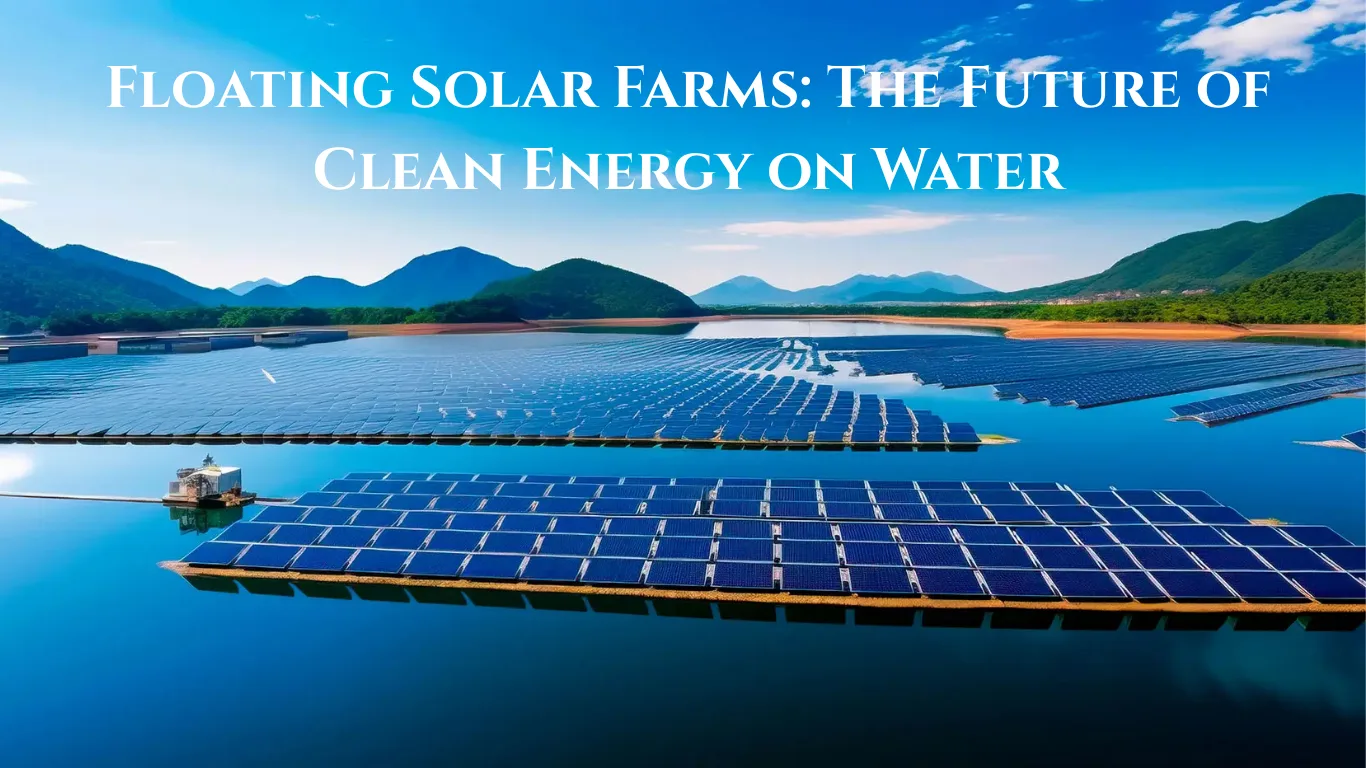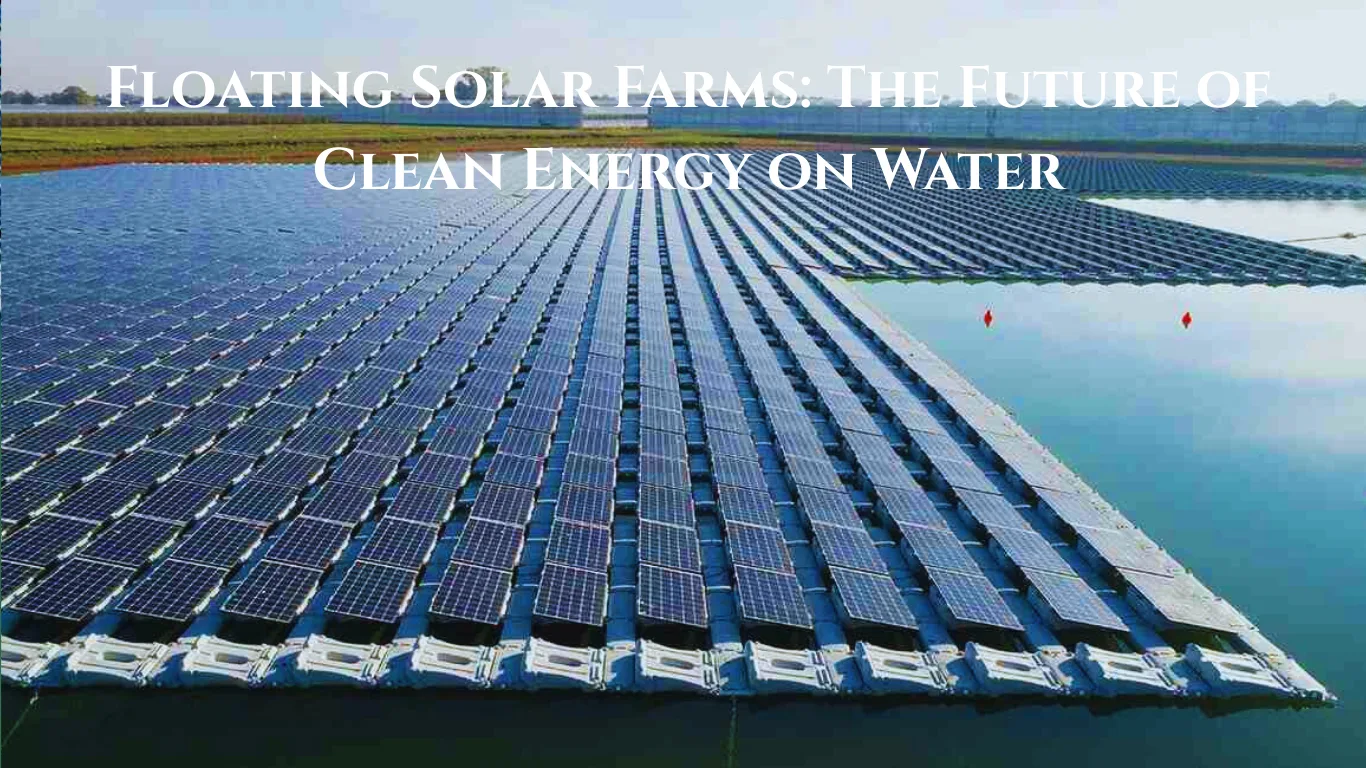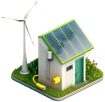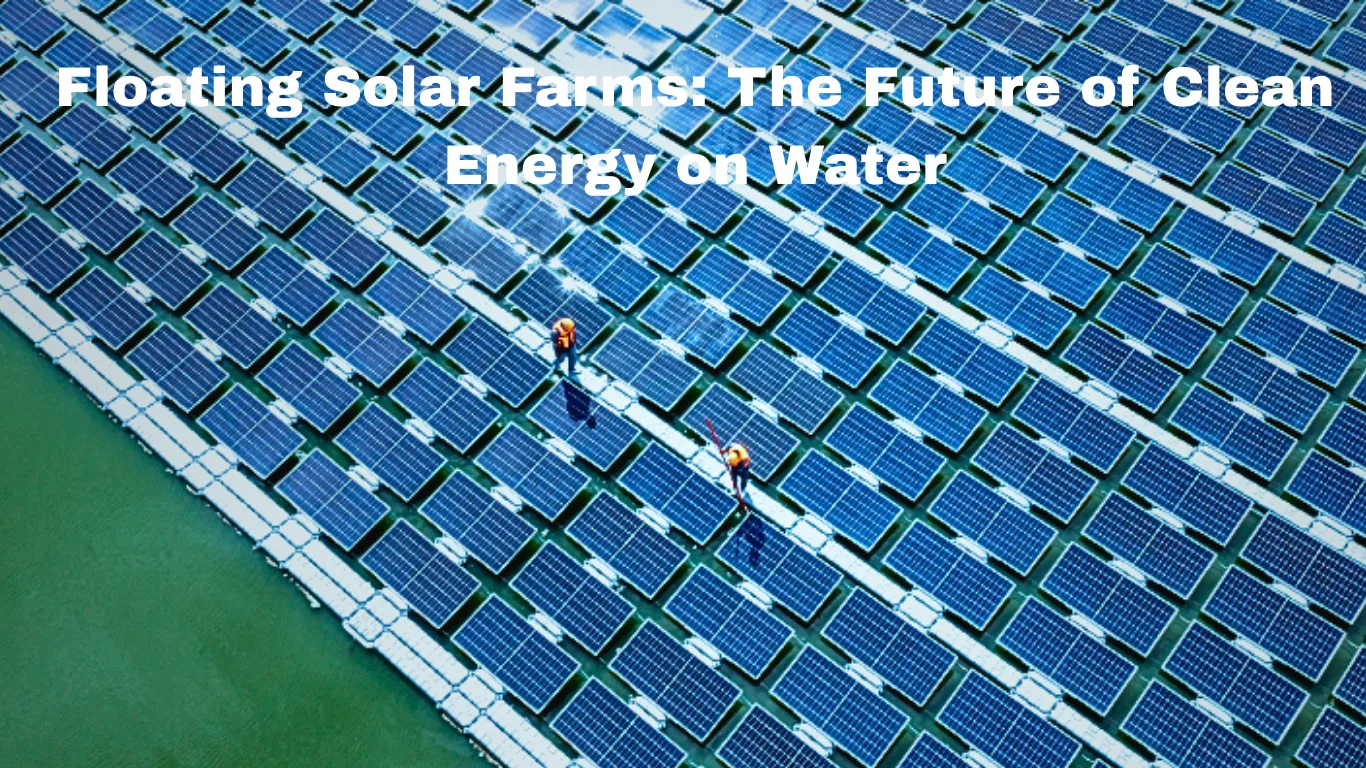As the world races to combat climate change and transition to sustainable energy, innovation is not just happening on land—but also on water. Floating solar farms, also known as floatovoltaics, are emerging as one of the most exciting frontiers in renewable energy. These systems combine proven solar technology with underutilized water surfaces to generate clean power in a space-efficient and envir
As the world transitions to cleaner energy solutions, the spotlight has expanded beyond traditional silicon-based solar panels. One technology gaining attention for its versatility and innovation is the thin-film solar cell. Lightweight, flexible, and cost-effective, thin-film solar is paving the way for a broader range of solar applications — from rooftops to backpacks to building facades.


Floating solar farms are photovoltaic (PV) panels mounted on platforms that float on bodies of water such as lakes, reservoirs, ponds, and even the ocean. Instead of taking up valuable land, these systems use buoyant structures to keep the panels afloat while anchored in place. They work just like traditional solar panels—converting sunlight into electricity—but offer unique advantages because of their aquatic setting.
One of the biggest challenges with traditional solar farms is land use. In densely populated areas or regions with limited land availability, floating solar offers a smart alternative. Industrial reservoirs, wastewater treatment plants, and irrigation ponds can now double as clean energy sources.

Water bodies have a natural cooling effect. This helps keep solar panels at optimal temperatures, which can improve their efficiency compared to land-based systems. Studies suggest that floating solar can produce up to 10–15% more electricity than rooftop or ground-mounted installations.
Floating solar systems can reduce evaporation by shading the water surface. This is particularly beneficial in drought-prone areas where every drop of water matters. Covering just a portion of a reservoir can significantly reduce water loss to the atmosphere.
These systems make use of man-made, non-ecologically sensitive water bodies, minimizing the environmental footprint. Since they don’t disrupt agricultural or residential land, they help preserve natural landscapes and habitats.
Floating solar pairs perfectly with hydropower plants. When installed on dams or hydro reservoirs, the two systems can complement each other—solar power during the day, hydropower at night or during low-sunlight periods—ensuring a more stable and reliable energy supply.

Floating solar is expanding rapidly around the globe. Countries like China, India, Japan, and South Korea are leading the way, with large-scale floating farms already producing hundreds of megawatts of power. The largest operational project, located in China’s Anhui province, generates enough electricity to power over 15,000 homes. In the U.S., projects are beginning to gain traction as municipalities and utilities look for innovative ways to meet clean energy targets without sacrificing land.
While the benefits are impressive, floating solar does come with challenges:
Ongoing research and technological advancements are helping to address these issues and make floating solar more accessible and affordable.
Floating solar farms represent a new chapter in the global clean energy movement. With their ability to conserve space, water, and land—all while producing renewable power—floatovoltaics offer a promising solution to the world’s growing energy and environmental challenges. As solar technology evolves and sustainability demands grow, expect to see more solar panels not just on rooftops or deserts—but dancing on the surface of water.
